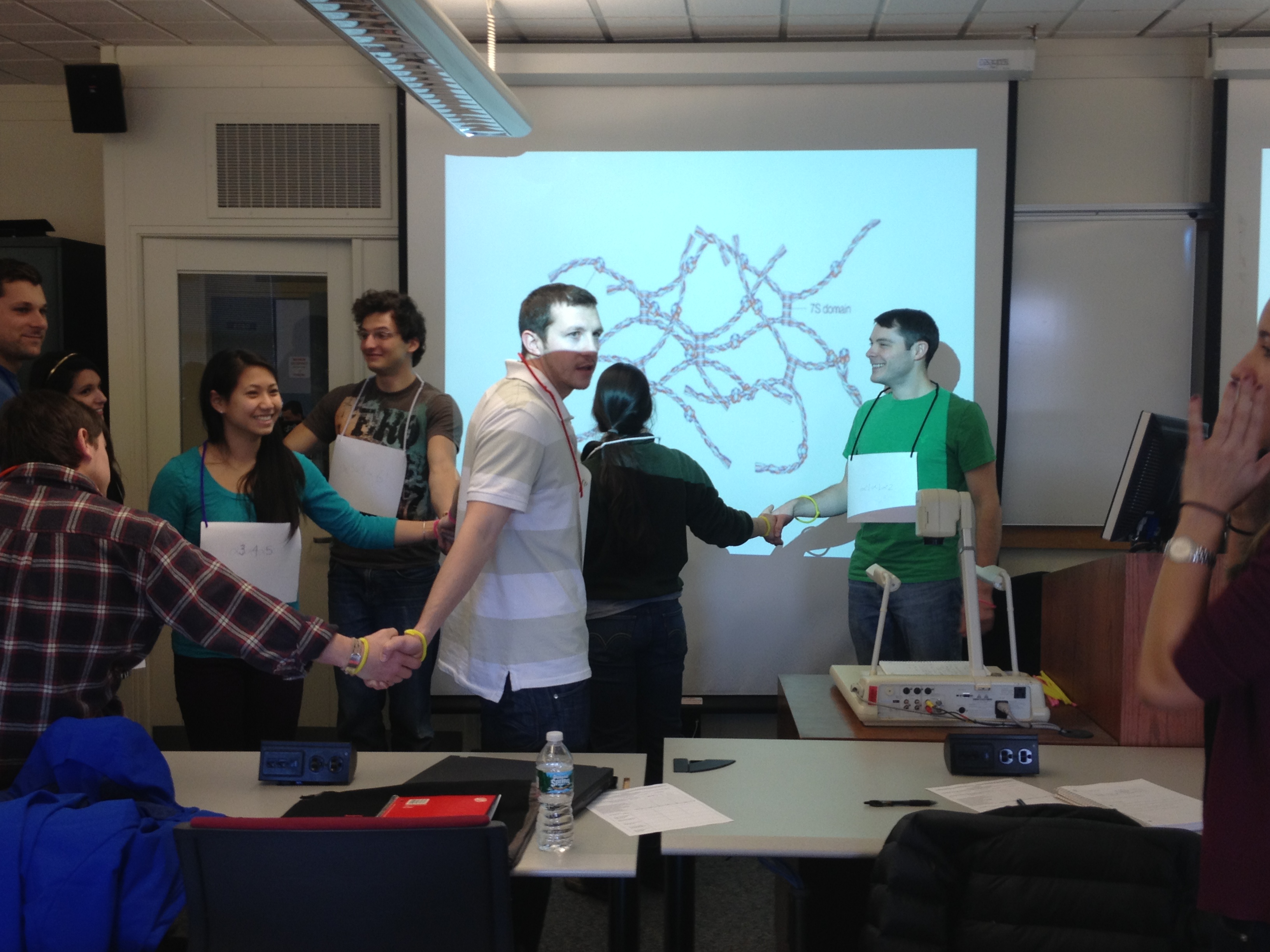
We describe Presentation Enhanced Learning (PEL), a flexible, lecture-free, field-tested teaching format to promote problem-based, active learning in upper-division or graduate biological sciences courses. PEL may be implemented as a single, capstone event or as the organizing principle for an entire course. In a PEL module, the lectures are replaced by student-led presentations created by their own backward design process and mapped to Bloom’s taxonomy. Each presentation includes explicit assessment activities aligned with student learning outcomes (SLOs). The instructor acts as a facilitator and guide inside and outside of class. Feedback concerning accuracy and the level of content coverage for each subject is provided by instructor via small groups meetings (before and after students deliver their in-class presentations). This interactive time replaces instructor time devoted to traditional lecture preparation. In our experience, these meetings initially last approximately three hours per week for courses that contain up to six groups of two to five students, with one group presenting per week. The length of the meetings drops by approximately half, and the quality of the discussions and feedback improves, once students become familiar with the presentations style. Assessment of student learning outcomes occurs through take-home exams, in-class assignments and assessment activities, individual and group presentation scores, and peer evaluation. Specific grading rubrics, available to students in advance, guide all assessment scoring. We have converted two entire lecture courses to a PEL format, resulting in increased critical thinking skills as determined by student answers to exam questions mapped to Bloom’s taxonomy.